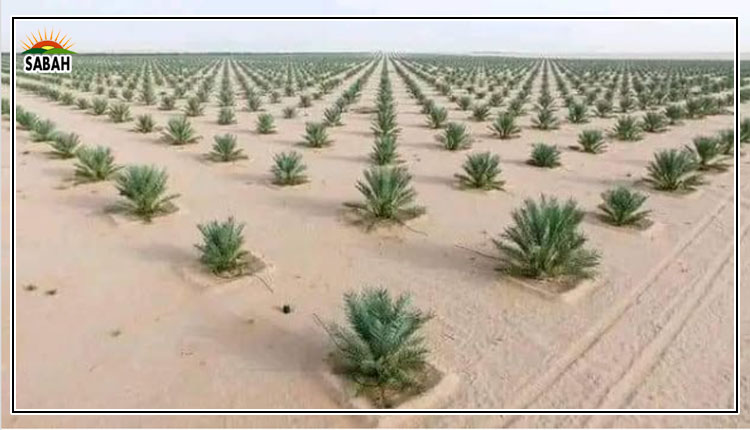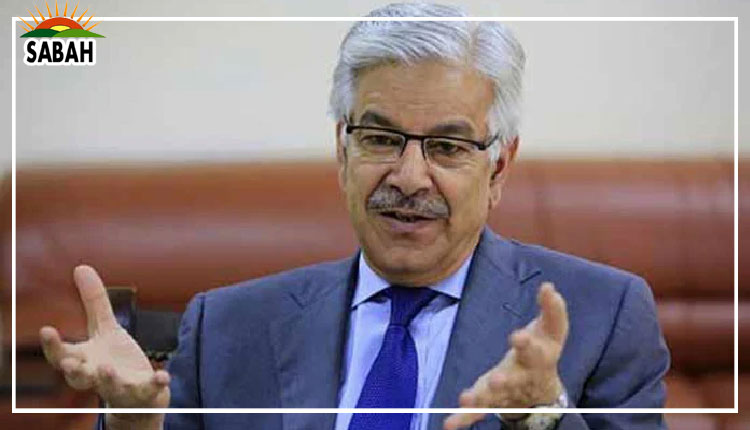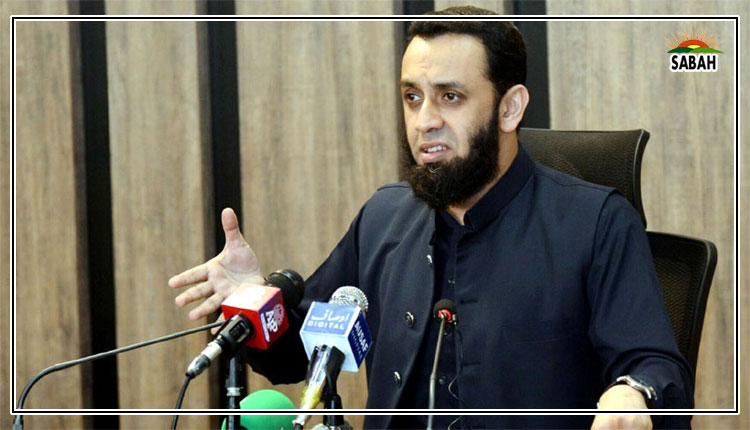Capital suggestion: Fake revolutions…. Dr Farrukh Saleem
A fake revolution typically refers to a situation or event that gives the appearance or illusion of a significant uprising or transformative movement, but lacks genuine or meaningful change. It is characterized by superficial or deceptive actions that aim to create the impression of revolutionary activity.
Fake revolutions are orchestrated by individuals or groups in positions of influence who seek to preserve their authority while giving the appearance of change. Fake revolutions are a form of political manipulation by individuals who adopt superficial measures to appease public discontent without genuinely addressing the root cause of social, economic, or political issues.
The first sign of a fake revolution is the presence of fake narratives. Fake narratives are misleading stories, claims intentionally propagated to deceive or manipulate public opinion. Let us examine a few recent examples: America brought down my government. General Bajwa brought down my government. We want haqeeqi azadi from America.
The second sign of a fake revolution is the presence of fake social media accounts. These accounts are known as impostor or fraudulent accounts and are profiles created on social media platforms with the intention of deceiving others about the identity, intentions, or affiliations of the account holder. These accounts are created using false information, stolen identities, or impersonating real individuals. These accounts are used to propagate false narratives, manipulate public opinion and conduct cyberbullying.
The third sign of a fake revolution is the use of fake news. Fake news refers to false or misleading information deliberately spread through social media channels. Fake news can take various forms, including fabricated stories, doctored images, misleading headlines, or exaggerated claims presented as factual news. Let us examine a few examples: Agencies were involved in the events of May 9. If I am arrested the same events will be repeated. Amazingly, both the statements were given by the same person.
The fourth sign of a fake revolution is the use of disinformation networks. These networks are organized groups that systematically spread false or misleading information with the intent to deceive and manipulate public opinion. These networks often operate across various platforms, including social media, websites, and messaging apps.
The fifth sign of a fake revolution is the use of amplification networks which are organized groups that aim to amplify certain messages, content, or narratives on social media platforms. Amplification networks employ tactics such as coordinated sharing, cross-promotion, reciprocal interactions, mass liking, and retweeting in order to increase the likelihood of content being seen by a wider audience.
The sixth sign of a fake revolution is the use of hashtag campaigns which are organized efforts on social media platforms where users unite around a specific hashtag to deceive people and manipulate public opinion. This is done through trend manipulation, astroturfing, consolidated disinformation and hashtag hijacking.
Authentic revolutions exhibit at least three key signs that distinguish them from fake revolutions: ideological clarity, grassroots mobilization and sustained resistance. Genuine revolutions do not depend on deceitful narratives, false information, fraudulent accounts, disinformation networks, manipulative amplification tactics, or deceptive hashtag campaigns.
The writer is a columnist based in Islamabad. He tweets @saleemfarrukh and can be reached at: farrukh15@hotmail.com
Courtesy The News












